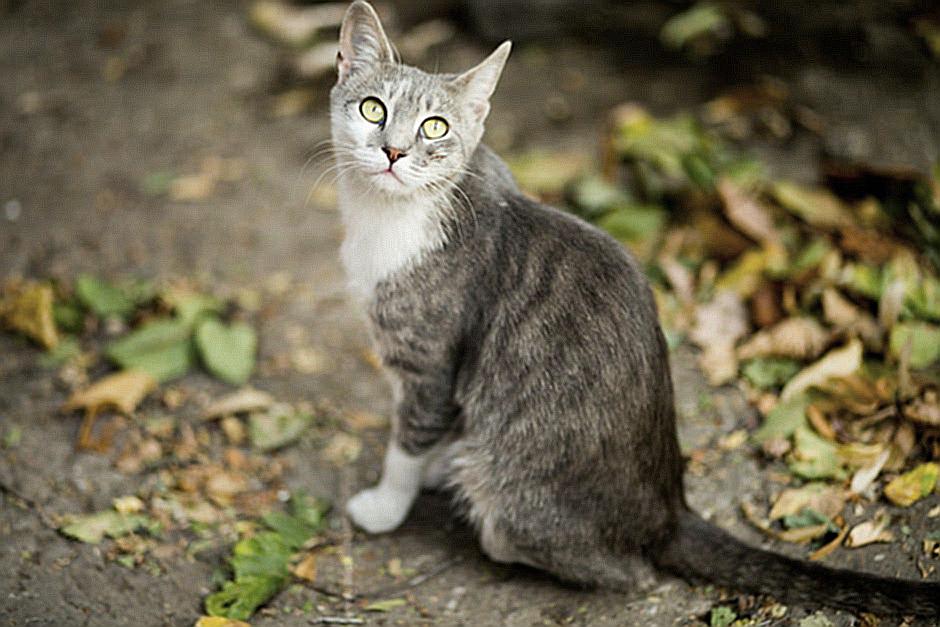Declawing cats has long been a topic of discussion among pet owners and veterinarians. Due to its risks and inhumane nature, the procedure has been banned in many countries. Nonetheless, some pet owners in the United States prefer to have their cats declawed in order to discourage them from scratching furniture and other items in the home. Although declawing may seem like a simple idea, there are many hidden costs involved, which every cat owner should know about before making a decision.
The first cost to think about is the cost of the procedure itself. Although the expense may seem like a small expense, the cost of the procedure can range from hundreds to thousands of dollars. The cost of anesthesia, antibiotics, and painkillers can also add to the overall cost of the procedure.
The second cost to consider is the chance of post-operative complications. There is a danger of infection, nerve damage, and other serious complications as with any surgery. Due to the procedure, there is also a chance that the cat will experience chronic pain. This can result in behavior problems such as bullying and litter box avoidance.

The third expense to bear in mind is the potential long-term consequences of declawing shingles. Because of the pain and discomfort associated with the procedure, cats will walk differently. This can result in arthritis in the paws and difficulties with balance. If a cat is threatened by another animal, declaring can also restrict its ability to climb or defend itself.

Declawing can have a detrimental effect on the relationship between a cat and its owner. Cats rely on their claws for a variety of tasks such as grooming, playing, or scratching. Cats can become agitated and stricken if they neglect these activities. This can lead to behavior abnormalities such as aggression, which can make it impossible to establish a strong friendship with the cat possible.

The hidden costs of declawing cats are numerous, and should be taken into account before making a decision. Though declawing may seem like a simple solution to a common problem, the risks and long-term effects should be considered carefully before deciding to proceed. Any cat owner should be aware of the potential costs associated with the procedure and make an informed decision that is right for their pet’s health and wellbeing.

